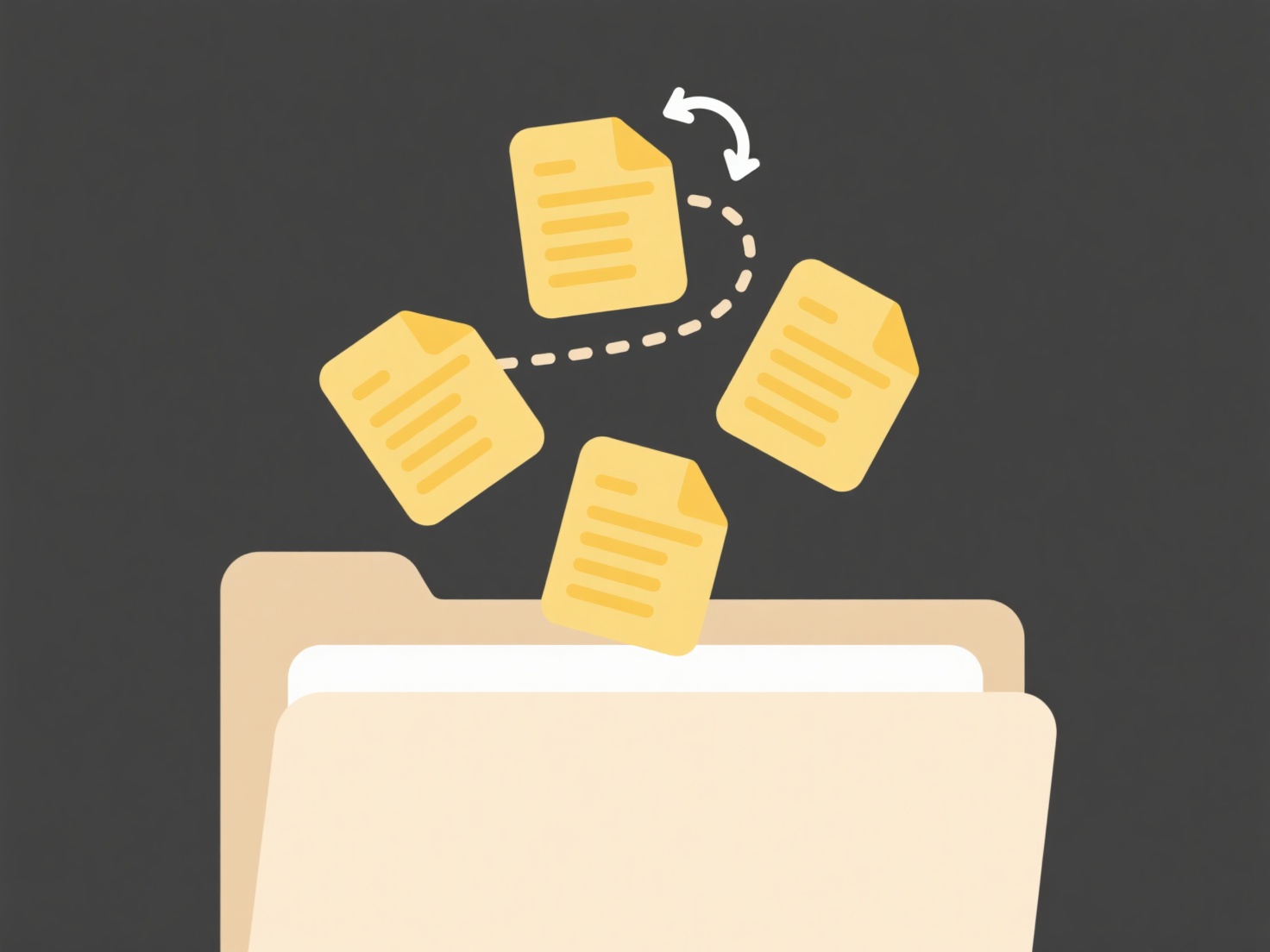
AI can suggest improved file names by analyzing your file's content, metadata, and context using natural language processing (NLP) and machine learning (ML). Instead of relying solely on manual naming or basic rule-based systems (like appending dates), AI examines factors such as keywords, document type, project context, and even text within the file to generate descriptive, consistent, and search-friendly names. This differs from traditional approaches by understanding meaning and relevance dynamically.

These features are integrated into cloud storage platforms like Google Drive, which can propose names using AI-powered "Smart Canvas" features during document creation. Developers also use AI suggestions in tools such as VS Code extensions like TabNine, which can recommend filenames based on project structure and code content, or design platforms like Figma automatically suggesting names for exported assets.
This automation saves significant time, improves organization consistency, and enhances searchability, boosting productivity. However, limitations include potential inaccuracy for highly specialized content and privacy concerns when processing sensitive files. Ethically, transparency about when AI is accessing file content is crucial. Future advancements will likely offer more personalized and context-aware naming strategies.
Can I use AI to suggest better file names?
AI can suggest improved file names by analyzing your file's content, metadata, and context using natural language processing (NLP) and machine learning (ML). Instead of relying solely on manual naming or basic rule-based systems (like appending dates), AI examines factors such as keywords, document type, project context, and even text within the file to generate descriptive, consistent, and search-friendly names. This differs from traditional approaches by understanding meaning and relevance dynamically.

These features are integrated into cloud storage platforms like Google Drive, which can propose names using AI-powered "Smart Canvas" features during document creation. Developers also use AI suggestions in tools such as VS Code extensions like TabNine, which can recommend filenames based on project structure and code content, or design platforms like Figma automatically suggesting names for exported assets.
This automation saves significant time, improves organization consistency, and enhances searchability, boosting productivity. However, limitations include potential inaccuracy for highly specialized content and privacy concerns when processing sensitive files. Ethically, transparency about when AI is accessing file content is crucial. Future advancements will likely offer more personalized and context-aware naming strategies.
Related Recommendations
Quick Article Links
How do I handle naming when version control (like Git) is used?
In version control systems like Git, naming primarily revolves around branches and tags. Branches represent parallel dev...
Why won’t my file open when I double-click it?
Your file may not open when double-clicked because Windows relies on file associations – the link between a file extensi...
What are signs of an outdated folder system?
An outdated folder system exhibits disorganized signs that impede daily workflow efficiency. Key indicators include repe...